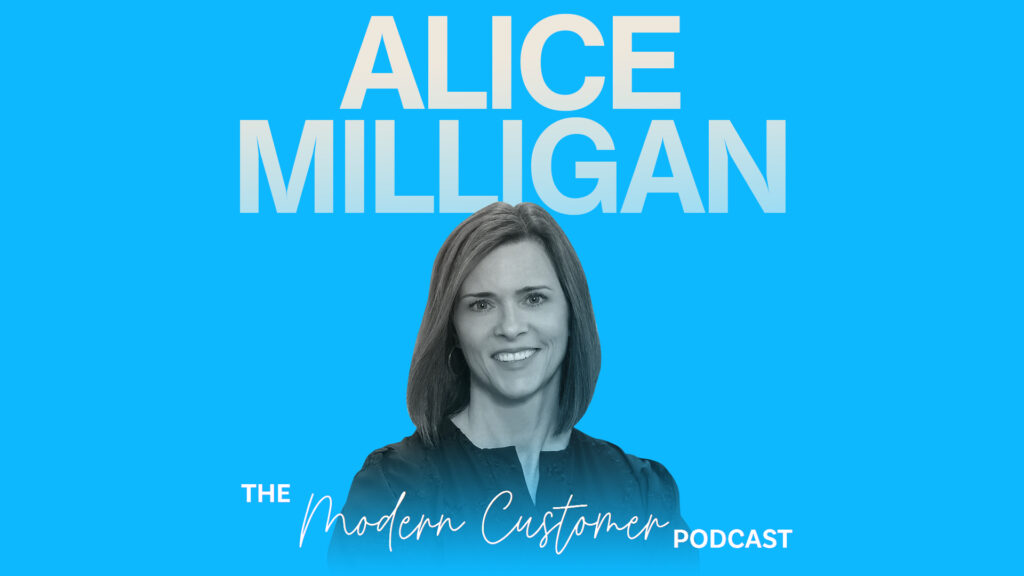It’s a common dilemma for companies: how do you balance holding on to the brand legacy while embracing the future?
Whether the company has been around for one year or 100 years, every brand has founding principles and a legacy to celebrate. But at the same time, brands must continually evolve and innovate to stay relevant to modern customers. The legacy defines your brand and establishes its mission and values, but innovation drives the company forward and takes that mission into the future.
Morgan Stanley CMO Alice Milligan is tasked with balancing legacy and innovation for a company founded nearly 90 years ago that has become one of the biggest names in finance.
She says finding the balance requires working across multiple areas and keeping an eye on the future and the past. That requires looking both internally and externally for opportunities to improve and innovate.
Morgan Stanley leaders regularly try to identify capabilities and technology they don’t currently have and then try to acquire a company that does it well, such as the acquisition of E*Trade and Eaton Vance. Making those companies part of the Morgan Stanley brand allows the company to expand its offerings and serve customers in modern ways.
Other times, such as with AR, AI, the metaverse, or other innovative technology, Milligan says the company thinks through how it can bring the technology to life in its experience that makes sense for its customers and products and services. In those instances, Morgan Stanley looks to other firms and third-party providers for examples and to become collaborators instead of acquiring the company. Listening to best practices and industry trends helps Morgan Stanley grow and expand.
Education, training, and upskilling employees are also crucial in celebrating and embracing innovation. Milligan says that mindset begins with having the end goal in mind. When she became CMO, Milligan set a goal for Morgan Stanley to be an employer of choice for the next generation of marketers and an innovator in the financial services space by the end of her tenure with the company. With that goal in mind, she can work backward to think through the training employees need to develop future-ready skillsets and the succession plans the company needs to organize to create a steady stream of top talent and innovative, customer-centric leaders.
Morgan Stanley created a summer intern program to bring in young talent who can challenge the status quo, especially around new technology, social media, and influencers.
A strong customer experience requires continually adapting and evolving. No matter the age of your company, looking toward the future allows you to connect with changing customers without sacrificing the past.
This episode is sponsored by Thinkific.
_________________
Blake Morgan is a customer experience futurist and the bestselling author of The Customer of the Future. For regular updates on customer experience, sign up for her weekly newsletter here.

